QuestionHello Jennifer,
I have a pair of tru Percula clowns that recently started breeding. I know the gestation period for the eggs to hatch is about two weeks. What can I do to try and save some of the fry without removing the pair from my tank? I want them to get into the grove of breeding before I separate them from my tank. This is the first time they breed. I have a couple of ideas being that I work in a fish only pet shop also but would like to listen to other Ideas. Thank you for your time.
AnswerHi Johnny. Even if you let the fish "get into the groove" of breeding before you remove them from your tank there will still be an adjustment period until these two start to breed again. If you have any other fish or inverts in your tank than the newly hatched fish will not survive. The breeding pair should be kept in a tank all their own for the best chances of survival of the young. The eggs can be moved into a rearing tank shortly before they hatch.(They will only hatch in the dark) You will have to set up a rearing tank. Since using a filter in this tank will not work it will have to be kept clean with water moving a different way. You will need a good size tank that has been up and running and already established before spawning occurs. The rearing tank should be bare bottomed for at least the first two weeks as gravel attracts detritus and can trap and damage sensitive larvae. Equally important is the use of a large tank, one large enough to support a suitable density of food items. The rearing tank should be no smaller than 20 gallons with bigger being better. The rearing tank should be covered on the outside with black paper or sheet plastic(you can also paint the tank before setting it up). Not only does this black background make it easier for the larvae to see food, but it also shelters them from outside movements and minimizes stress due to such stimulation. The aquarium is established before hatching is anticipated- it should be clean, bare, aerated, and filled with with high quality saltwater and water from the parent's tank. Nutrients are then added to stimulate algae growth and the tank is inoculated with planktonic algae.(these are available through the Internet) The algae act as a conditioner of the water, a biological filter, that cleans up waste products created by the larvae and uneaten food food organisms. During the rearing process the tanks lights should be on 24 hours a day both to stimulate algal growth and to facilitate constant feeding. In this system the rearing tank is kept closed and unfiltered during the first week of larval development. After that the system is "opened by doing 20-30% partial water changes weekly.

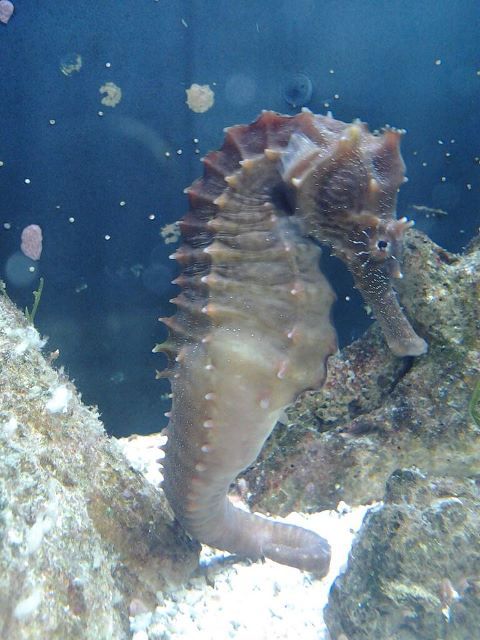 sick seahorse
Question
sick seahorse
Hi Marcus...not real sure
sick seahorse
Question
sick seahorse
Hi Marcus...not real sure
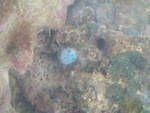 groth on live rock
Question
rock growth
Hello
can you please identify thi
groth on live rock
Question
rock growth
Hello
can you please identify thi
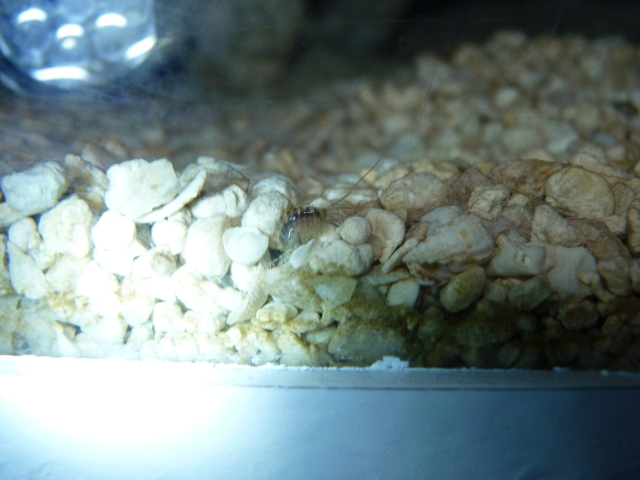 strange critters
QuestionQUESTION: I have a 65 gal saltwater set up 30 d
strange critters
QuestionQUESTION: I have a 65 gal saltwater set up 30 d
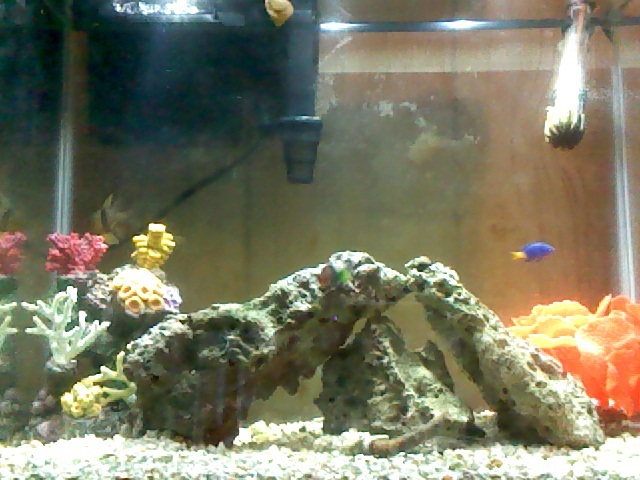 15 gallon tank
Question
my tank
hello, i have two questions. my fist q
15 gallon tank
Question
my tank
hello, i have two questions. my fist q
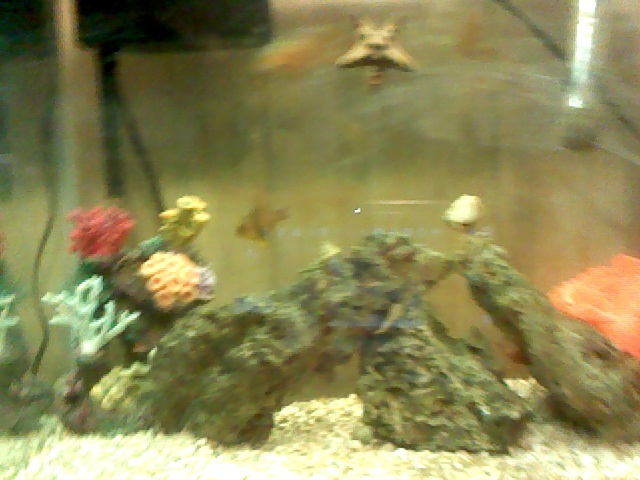 live rock
Questionmy tank
QUESTION: Hello, I have a 14 gal
live rock
Questionmy tank
QUESTION: Hello, I have a 14 gal